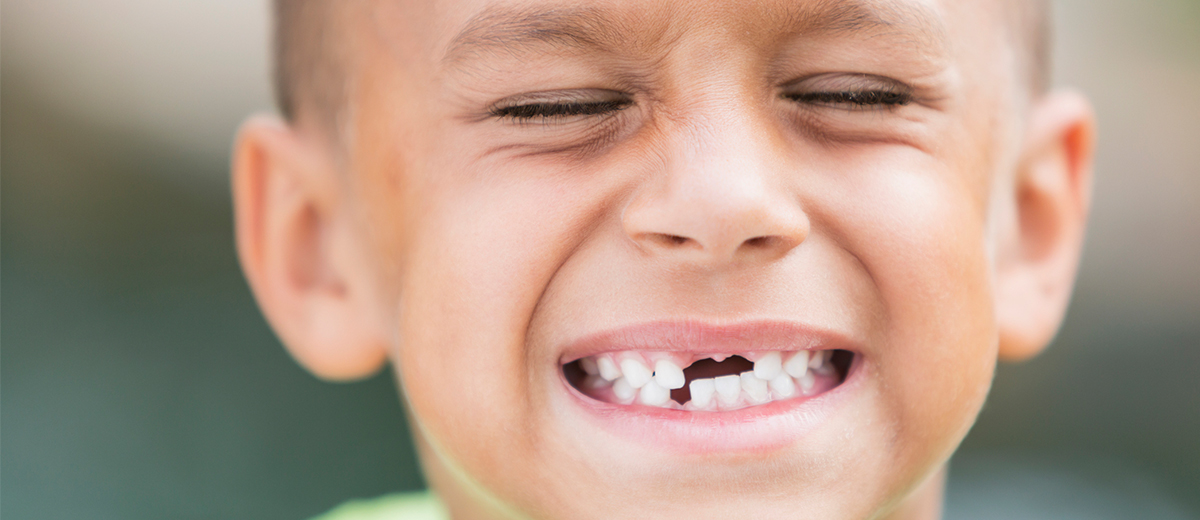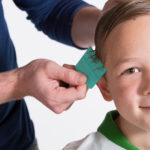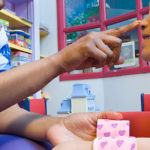Did you know 50% of all children and teens will suffer at least one traumatic injury to a tooth by the time they graduate high school? The most common causes of tooth injury or loss involve falls, collisions and sports accidents. The American Academy of Dentists reports that sports accidents, including wheeled sports like skateboarding and bicycling, account for 10-39% of all dental injuries in children. Preventative measures can be taken to avoid tooth injury, but accidents still happen. Reacting quickly is the best way to save an injured or lost tooth.
Steps for Managing Tooth Injury/Loss
If a baby tooth is knocked out, it’s not such a big deal. Since baby teeth are going to fall out eventually anyway, there is no need to replace them. However, here are a few ways to treat it:
- If bleeding, apply pressure with cold, wet gauze. Older children can bite down on the gauze to hold it in place.
- Apply cold to the area to reduce swelling. Hold an icepack wrapped in a washcloth or an icepack cover to the cheek.
- Provide children’s pain medication, like acetaminophen or ibuprofen, if needed.
- Save the tooth in an envelope, necklace or chest that the child can take home. Click here to shop MacGill’s selection of lost tooth savers.
If a permanent tooth is chipped or broken, collect all the pieces of the tooth and store in a tooth preservation kit, milk or the child’s saliva. Have the child rinse their mouth with warm water, and let their parents know to inform their dentist right away to schedule a visit.
If a permanent tooth is knocked out, act fast. According to Kidshealth.org, permanent teeth have the best chance of survival if replaced within 15 minutes. Call the child’s parents immediately and recommend they go to the dentist right away after following these steps:
- Hold the tooth by the crown (the “chewing” end of the tooth), not the root.
- Place the tooth in a tooth preservation kit, milk, or child’s saliva to protect the tooth from the two primary causes of replanted tooth loss: tooth cell crushing and tooth cell dehydration. The tooth is placed in a removable basket and a special pH-balanced preserving fluid that preserves and reconstitutes tooth cells. Do not store it in water; a tooth’s root surface cells cannot withstand water for long periods of time.
- For older kids and teens, try placing the tooth back in the socket without touching the root. Have the child bite down on gauze to help keep it in place.
- If the tooth is stored in a kit rather than back in the socket, have the child bite down on a cold, wet gauze pad to relieve bleeding and pain.
Keep in mind that a tooth injury or loss can have significant impact on children because of the potential for pain, psychological effects from the change in appearance, and the expense of treatment.
You can shop MacGill’s selection of tooth care products here.





